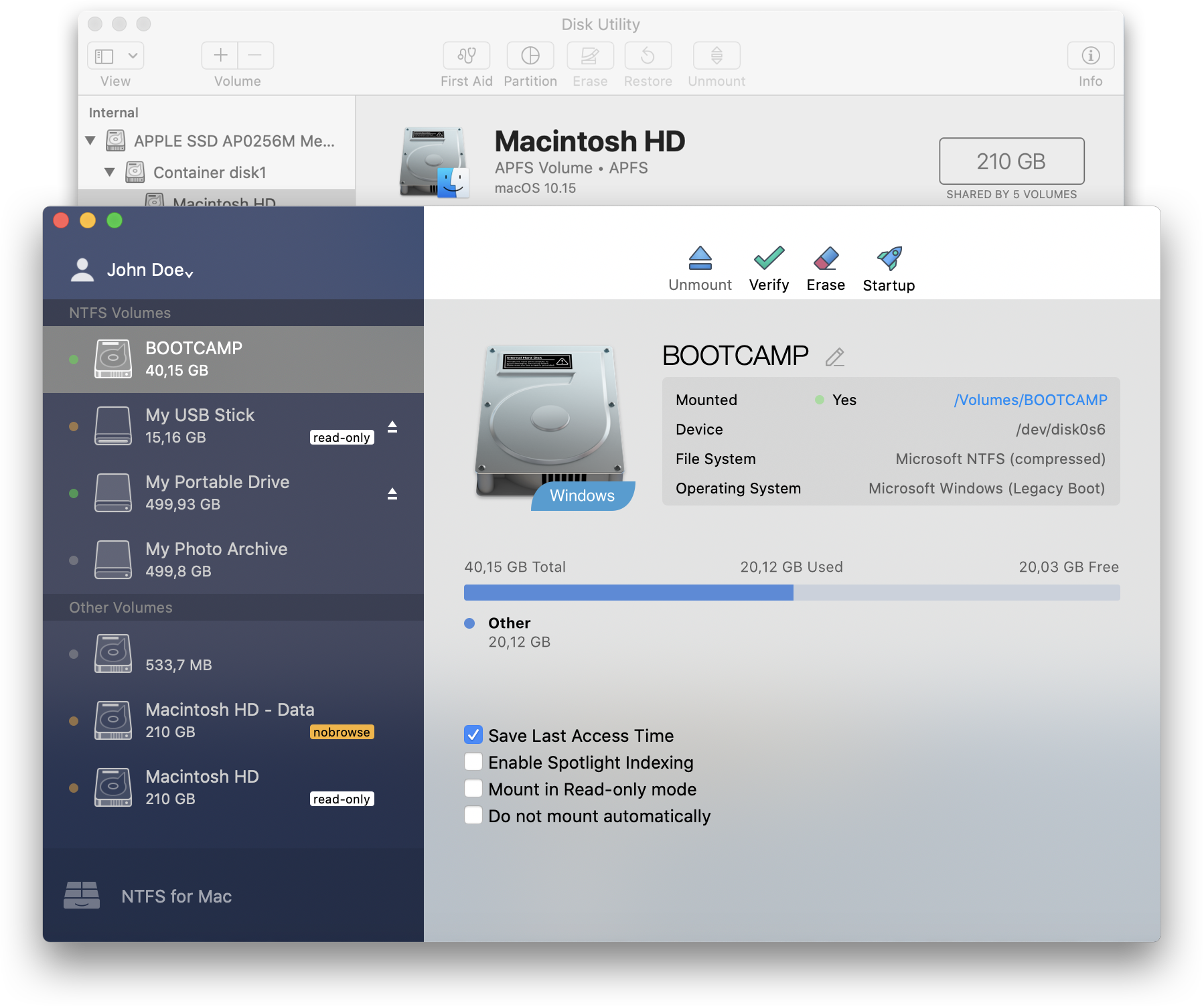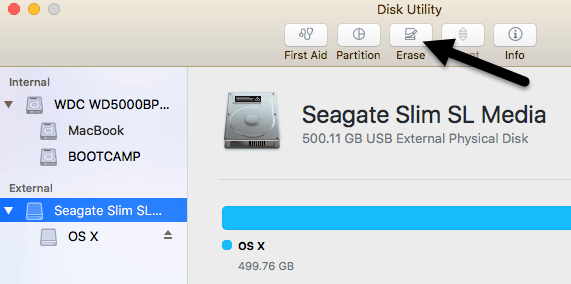
- #Restart mac os disk utility mac os#
- #Restart mac os disk utility install#
If you want to start up again from the disk you erased, select Reinstall macOS in the utilities window, then click Continue and follow the onscreen instructions to reinstall m acOS. Next, click Erase, fill out the required details, and hit Erase again. Next, go to Disk Utility > View > View all devices, and choose the top drive. Then press and hold Command + R until you see the Apple logo. Quit Disk Utility to return to the utilities window. To reset your Mac, first restart your computer. After the erase is done, select any other internal volumes in the sidebar, then click the delete volume (–) button in the toolbar to delete that volume.ĭuring this step, disregard any internal volume named Macintosh HD or Macintosh HD - Data, as well as any volumes in the External and Disk Images sections of the sidebar. Click Erase. However, if you see an Erase Volume Group button, click that button instead. #Restart mac os disk utility mac os#
Format: APFS or Mac OS Extended (Journaled), as recommended by Disk Utility. When the Utility Menu appears: Select Disk Utility from the Utility Menu and click on Continue button. Immediately after the chime hold down the Command and R keys until the Apple logo appears. 
#Restart mac os disk utility install#
Erase and Install OS X Restart the computer.
Click the Erase button in the toolbar, then enter the requested details: When the Utility Menu appears select Reinstall OS X then click on the Continue button. Choose Macintosh HD (or what the Mac drive is named), then select. Once in Recovery Mode and at the macOS Utilities (or OS X Utilities) screen, select Disk Utility. Select Macintosh HD in the sidebar of Disk Utility. Reboot the Mac and right after the boot chime sound, hold down the Apple Silicon: POWER BUTTON or Intel: COMMAND + R keys together to boot into Recovery Mode. From the utilities window, select Disk Utility and click Continue. Once you see that menu, click on Disk Utility to select it, then press the Continue button to open it. 
If asked, select a user you know the password for, then enter their administrator password. Restart your Mac and press Command + R and keep them both pressed until you see the Utility menu (Recovery Menu) appearing. Start up from macOS Recovery: Turn on your Mac, then immediately press and hold these two keys until you see an Apple logo or other image: Command (⌘) and R.








